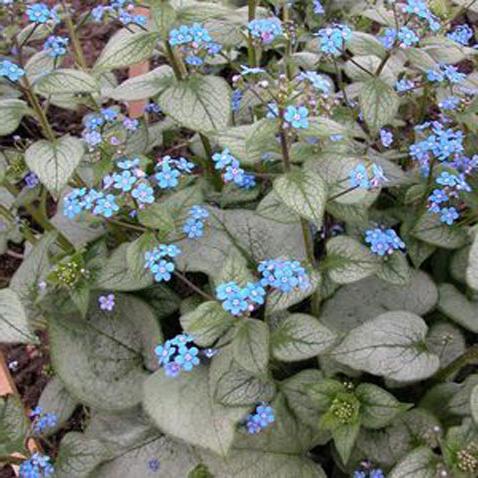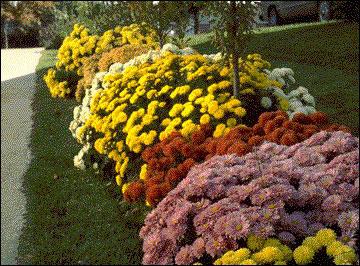Long-term forget-me-not - Siberian brouner
Brunera Siberian - a perennial spring plantfamily borage, preferring forest glades and raw coniferous forests. Its name was given in honor of Samuel Bruner, a Swiss traveler and botanist early 19 th century, the discoverer of this flower. Unlike its relative - bruner large-leaved, growing only in the Caucasus and called by the Germans "Caucasian forget-me-not", Siberian bruner occurs in the Krasnoyarsk Territory (Western and Eastern Sayans), Tomsk Region (Altai) and North-Eastern Tuva.

Description
Bruner is a herbaceous plant with a long andthick (up to 1 centimeter), almost horizontal rhizome. Beautiful large dark green wrinkled leaves in the form of hearts on long petioles form not just a single bush, but a whole bush, from which stand single flower stems with a length of 60 to 80 centimeters. Flowers brunery dark blue with a white eye, very similar to forget-me-nots. Small, to half a canty

Cultivation in gardens
This flower is a magnificent adornment of the garden. Brunera Siberian is a long-lasting winter-hardy plant that perfectly fits on the north side of the house, where there is usually little sun, and the land is moistened by rainwater draining from the roofs. In hot and dry weather, abundant watering is required. Despite the fact that this plant is shade-loving, if it does not get an early sun, it will stretch out and lose its attractiveness, decorativeness. If it is planted on the sunny side, it needs to provide permanently moist land and air, which is possible only on the shore of a small







